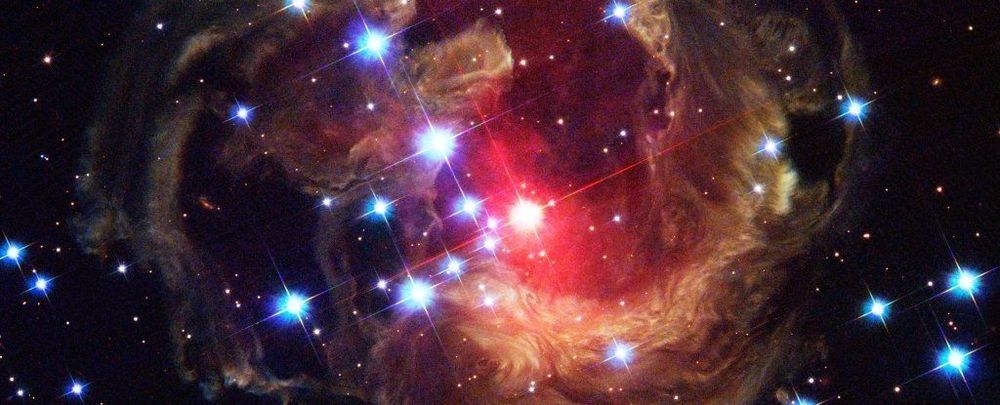When searching for signs of life in the Universe, we tend to look for very specific things, based on what we know: a planet like Earth, in orbit around a star, and at a distance that allows liquid surface water. But there could, conceivably, be other forms of life out there that look like nothing that we have ever imagined before.
Just as we have extremophiles here on Earth — organisms that live in the most extreme and seemingly inhospitable environments the planet has to offer — so too could there be extremophiles out there in the wider Universe.
For instance, species that can form, evolve, and thrive in the interiors of stars. According to new research by physicists Luis Anchordoqui and Eugene Chudnovsky of The City University of New York, such a thing is indeed — hypothetically, at least — possible.







